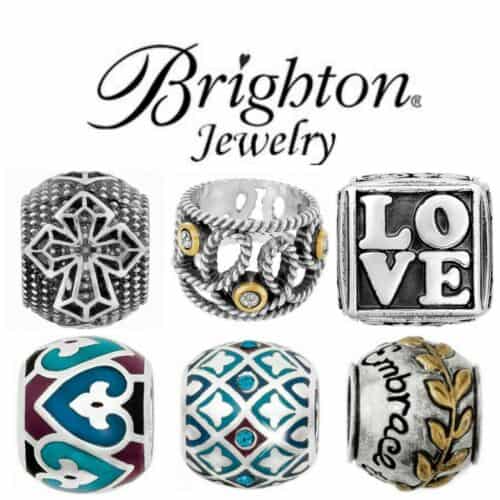Jewelry has been integral to human culture for centuries, representing status, fashion, and sentimentality. From the ancient Egyptians’ ornate use of gold and precious stones to the modern-day fascination with diamonds, jewelry has always been a symbol of luxury and elegance. As a result, the jewelry industry has been a significant contributor to the global economy for generations.

The market is dominated by a few prominent players, with brands such as Tiffany & Co., Cartier, and Harry Winston leading the charge. These companies are renowned for their craftsmanship, innovative designs, and iconic brand images. Though these luxury brands often set the tone for the entire industry, there is a growing trend toward independent and artisanal jewelry designers. These designers are usually celebrated for creating unique pieces imbued with personal stories, making them highly sought after by consumers seeking bespoke, one-of-a-kind jewelry.
The industry is also facing increasing pressure to adopt sustainable and ethical practices in jewelry production. Consumers are demanding greater transparency around the origin of gemstones and precious metals and expecting companies to reduce their environmental footprint and improve the working conditions of employees at all stages of the production process.
But in this business, how do jewelers buy their gold supplies?
Where Do Jewelers Buy Their Gold?
Medium and small jeweler companies buy their gold from gold suppliers and wholesalers. However, prominent jewelers purchase gold directly from refineries or gold mines and process gold. In addition, jewelers can buy gold from the following entities:
- Gold Suppliers or Wholesalers: These businesses specialize in selling large quantities of gold and other precious metals. They typically acquire their gold from mines or refining companies.
- Gold Refineries: Refineries process raw gold into a valuable form for jewelers, usually gold bars or grain. They typically source their gold from mines directly or from recycled sources.
- Gold Mines: Some more prominent jewelers and manufacturers may have direct relationships with mining companies, especially if they regularly require large amounts of gold.
- Recycled Gold: Jewelers can also obtain gold by recycling old or broken jewelry. Customers often sell or trade in their old gold jewelry, which can be melted down and reused.
- Small Gold Dealers: These entities trade in gold and other precious metals. They can be a source for jewelers, especially those dealing in vintage or estate jewelry.
- Bullion Banks: These banks deal in large quantities of gold and other precious metals. They serve as intermediaries between miners and gold users, including jewelers.
My research shows that most small jewelry companies (82%) procure their gold directly from gold suppliers. These suppliers can include large wholesalers dealing in bulk gold products and bullion banks that trade large quantities of gold and other precious metals. In addition, these sources often provide gold in forms that are immediately useful to jewelers, such as gold bars or grains.
Prominent, presumably larger jewelers, can handle gold in large quantities. As a result, they sometimes bypass gold suppliers and directly establish contacts with gold mines and refineries. This likely allows them to have a more streamlined supply chain and possibly negotiate better prices due to the volumes involved.
Gold mines provide raw gold, usually in gold ore, which must then be refined to extract pure gold. Refineries are specialized facilities that process natural gold into purer forms used in jewelry making. Direct contact with mines and refineries can give prominent jewelers a certain level of control over the quality and sourcing of their gold.
However, it’s important to note that any jeweler must responsibly source their gold regardless of size. Ethical sourcing practices are becoming increasingly important in the jewelry industry, and jewelers must often prove that their gold has been sourced from mines and suppliers that adhere to responsible mining practices.
- Facebook Ads to Get Followers! - December 27, 2024
- ClickUp vs. Slack - December 20, 2024
- Mastering E-Commerce Analytics: A Blueprint for Success





